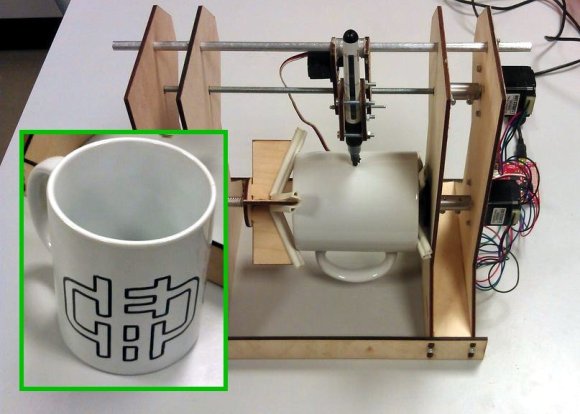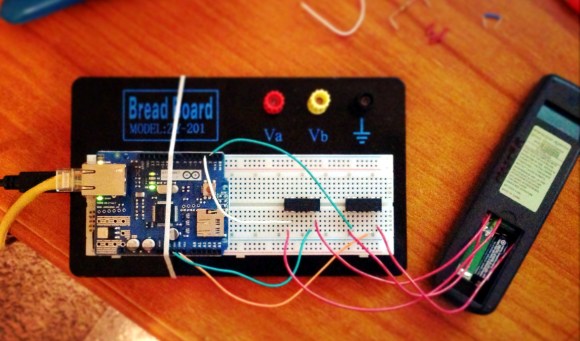
We’re a US-centric site, but aside from events in New York or California, we don’t see many hacker, maker, or 3D printer events aimed at the parts of the country filled with corn and WalMarts. The 1st annual Midwest RepRap Festival aims to change that with enough events, speakers, and activities to make Elkhart, Indiana look like the hoppingist place around.
Officially, the festival started yesterday but the schedule of events really ramps up today. [Josef Prusa] will be taking the stage talking about the state of the RepRap, and a ton of 3d printing vendors will be there showing off their wares and selling some really cool stuff. There’s also tons of experienced RepRappers available to help you tune your machine to perfection; just as well, because the festival is going for the world record for the greatest number of 3D printers printing simultaneously.
If you’re around northern Indiana, you might want to check out the festival and send us a few pics or videos.












Recent comments